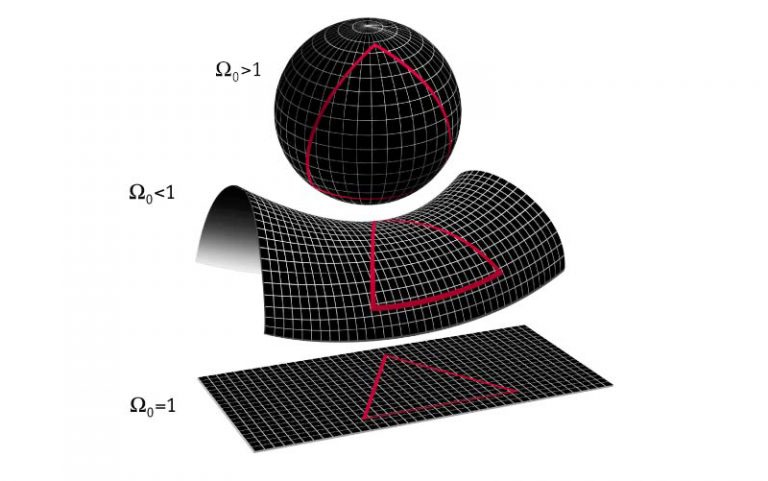

Rong, X., Wang, Y.: Finite quotient of join in alexandrov geometry. Perelman, G.Y., Petrunin, A.M.: Extremal subsets in Aleksandrov spaces and the generalized Liberman theorem. Petrunin, A.: Semiconcave functions in Alexandrov’s geometry. D.: Alexandrov’s spaces with curvatures bounded from below. Otsu, Y., Shioya, T.: The Riemannian structure of Alexandrov spaces. Grove, K., Wilking, B.: A knot characterization and 1-connected nonnegatively curved 4-manifolds with circle symmetry. Grove, K., Searle, C.: Differential topological restrictions curvature and symmetry. Grove, K., Petersen, P.: Alexandrov spaces with maximal radius, (2018) Grove, K., Petersen, P.: A radius sphere theorem. Grove, K., Markvorsen, S.: New extremal problems for the Riemannian recognition program via Alexandrov geometry. Gromoll, D., Grove, K.: A generalization of Berger’s rigidity theorem for positively curved manifolds. 2(96), 413–443 (1972)ĭeng, Q., Galaz-García, F., Guijarro, L., Munn, M.: Three-dimensional Alexandrov spaces with positive or nonnegative Ricci curvature. American Mathematical Society, Providence (2001)Ĭheeger, J., Gromoll, D.: On the structure of complete manifolds of nonnegative curvature. 1, (2019)īurago, D., Burago, Y., Ivanov, S.: A Course in Metric Geometry. , Kapovitch, V., Petrunin, A.: Alexandrov geometry: preliminary version no. Although Lord Rayleigh formulated his conjectures for planar domains, he surely had the feeling that the statement should be valid in any dimension as subsequent literature referred to these conjectures in particular, both the “clamped plate" and “fixed membrane" notions are commonly used in any dimension.Alexander, S. The original problem appeared in 1877, when John William Strutt, 3rd Baron Rayleigh formulated, inter alia, two isoperimetric inequalities arising from mathematical physics he claimed that the disc has the minimal principal frequency among either clamped plates or fixed membranes with a given area. Before presenting our results in details, we shortly recall some historical milestones related to the subtleties in the theory of vibrating clamped plates. To our surprise, positively curved spaces provide an appropriate geometric setting for the validity of Lord Rayleigh’s conjecture not only in dimensions 2 and 3 for any clamped plate, but also in dimensions beyond 3 for sufficiently large domains. Our results can be viewed as the concluding piece in the theory of clamped plates after the seminal works of Ashbaugh and Benguria and Nadirashvili in Euclidean spaces, and the recent paper by the author on non-positively curved spaces, all valid in dimensions 2 and 3. The paper is devoted to the analogue of Lord Rayleigh’s conjecture, concerning the lowest principal frequency of vibrating clamped plates on positively curved spaces. In the limit case-when the Ricci curvature is non-negative we establish a Lord Rayleigh-type isoperimetric inequality that involves the asymptotic volume ratio of the non-compact complete Riemannian manifold moreover, the inequality is strongly rigid in 2 and 3 dimensions, i.e., if equality holds for a given clamped plate then the manifold is isometric to the Euclidean space. Our results show that positive curvature enhances genuine differences between low- and high-dimensional settings, a tacitly accepted paradigm in the theory of vibrating clamped plates. The proofs rely on an Ashbaugh–Benguria–Nadirashvili–Talenti nodal-decomposition argument, on the Lévy–Gromov isoperimetric inequality, on fine properties of Gaussian hypergeometric functions and on sharp spectral gap estimates of fundamental tones for both small and large clamped spherical caps. These results complement those from the flat (Ashbaugh and Benguria in Duke Math J 78(1):1–17, 1995 Nadirashvili in Arch Ration Mech Anal 129(1):1–10, 1995) and negatively curved (Kristály in Adv Math 367:107113, 2020) cases that are valid only in 2 and 3 dimensions, and at the same time also provide the first positive answer to Lord Rayleigh’s conjecture in higher dimensions.


We affirmatively solve the analogue of Lord Rayleigh’s conjecture on Riemannian manifolds with positive Ricci curvature for any clamped plates in 2 and 3 dimensions, and for sufficiently large clamped plates in dimensions beyond 3.


 0 kommentar(er)
0 kommentar(er)
